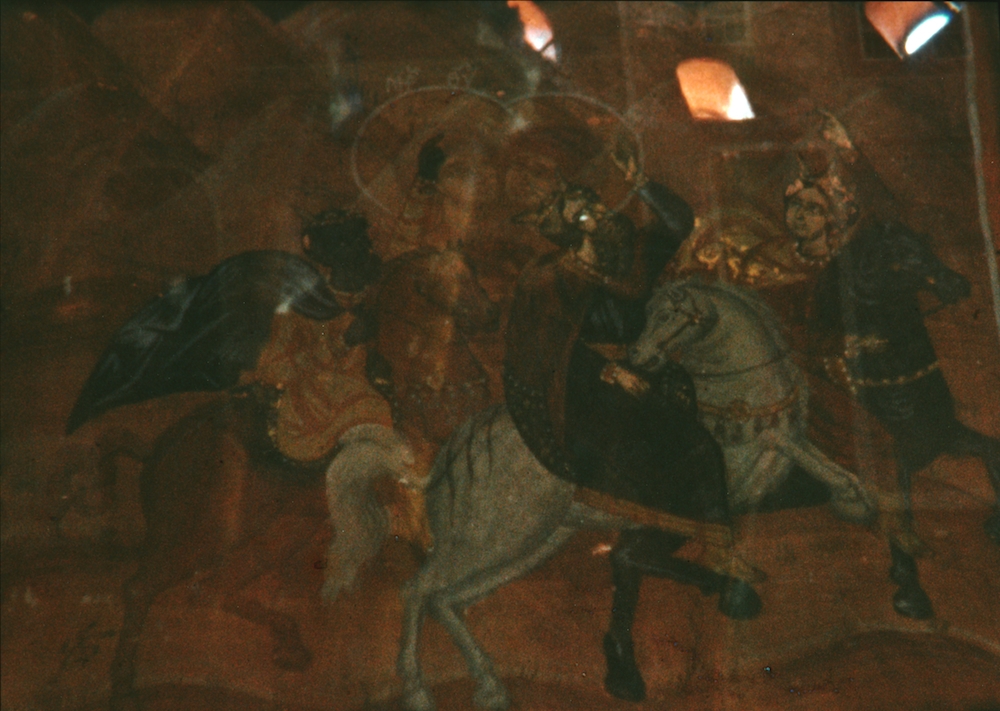Gregory J. Markopoulos: Film as Film
Bankside
London SE1
UK
Gregory J. Markopoulos: Film as Film
Gregory J. Markopoulos, Psyche, 1947, 25 min
Gregory J. Markopoulos, Bliss, 1967, 6 min
Gregory J. Markopoulos, Gammelion, 1968, 55 min
Introduced by Mark Webber
Gregory J. Markopoulos is a key figure in the history of independent film and was, alongside Kenneth Anger, Stan Brakhage, Maya Deren and Andy Warhol, a pioneer of the New American Cinema of the 1960s. This special evening celebrates the publication of Film as Film: The Collected Writings of Gregory J. Markopoulos, edited by Mark Webber, that gathers for the first time the writings of this important filmmaker.
Psyche (1947), made while a student at USC, shows Markopoulos’ developing style and his sensuous use of colour and composition. Shot in the Hollywood hills, the film was inspired by an unfinished novella by Pierre Louÿs. As Markopoulos wrote, “Colour plays an important role, similar to the role which colour plays in the paintings of Toulouse Lautrec. Colour reflects the true character of the individual before us, whether it be on the screen, in a painting, or in the street. Colour is Eros.” (Psyche’s Search for the Herb of Invulnerability, 1955).
Following his move to Europe, his first film was Bliss (1967), a lyrical study of the interior of a small Byzantine church on the island of Hydra. Gammelion (1968), filmed at Il Castello Roccasinibalda in Rieti, Italy, is a major work in Markopoulos’s oeuvre, marking the transition into his late period and anticipating his epic final film, Eniaios (1947–91). Shot with only two rolls of film, the work extends seven minutes of footage to almost one hour of viewing time using hundreds of fades in and out. As lines of poetry, music, or the sound of horses’ hooves are heard on the soundtrack, images appear for only a few frames at a time, creating a remarkable romantic vision of a poetic cinema conjured from its essential components.
Curated by George Clark and Mark Webber.
Tate Film is supported by Maja Hoffmann / LUMA Foundation.

